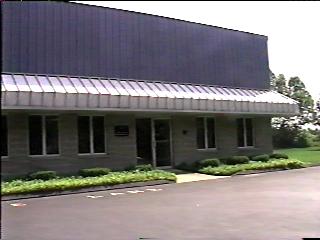

|
|
|
|
Dust Collectors General InformationGeneral InformationFabric CollectorsFabric collectors remove particulate by straining, impingement, interception. The "fabric" may be constructed of any fibrous material, either natural or man-made, and may be spun into yarn and woven or felted by needling, impacting or bonding. Woven fabrics are identified by thread count and weight of fabric per unit area. Non-woven (felts) are identified by thickness and weight per unit area. Regardless of construction, the fabric represents a porous mass through which the gas is passed unidirectionally such that the dust particles are retained on the dirty side and the cleaned gas passed on through.The ability of the fabric to pass air is stated as "permeability" and is defined as the cubic feet of air that is passed through one square foot of fabric each minute at a pressure drop of 0.5" water gage. Dry Centrifugal CollectorsDry centrifugal collectors (Cyclones) separate entrained particulate from an gas stream by the use of combination of centrifugal, inertial, and gravitational force. Collection efficiency is influenced by:
Bag Type CollectorsPulse Type
Shaker Type
Cartridge Type CollectorPulse Type
Shaker Type
CyclonesLow Pressure Cyclone
Principal advantages are low cost, low maintenance, and relatively low pressure drops (in the 0.75 to 1.5" water gage range). It is not suitable for collection of fine particles.
High Efficiency
Making the cyclone body and cone longer Using a number of small diameter cyclones in parallel Placing units in series. While high efficiency cyclones are not as efficient on small particles as fabric or other collectors, their effective collection range is appreciably extended beyond that of other mechanical devices. Pressure losses of collectors in this group range from 3 to 8" water gage.
|
Send mail to webmaster@rpsne.com with questions or
comments about this web site.
|